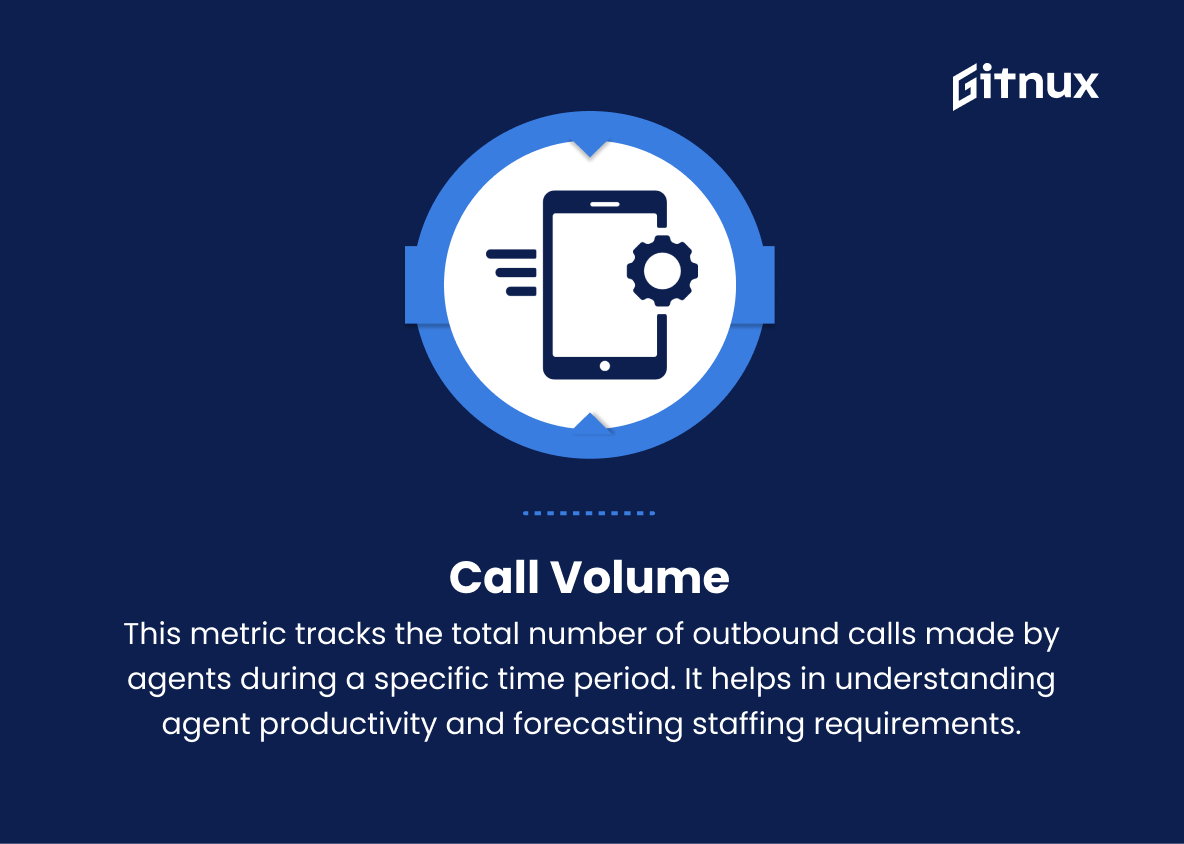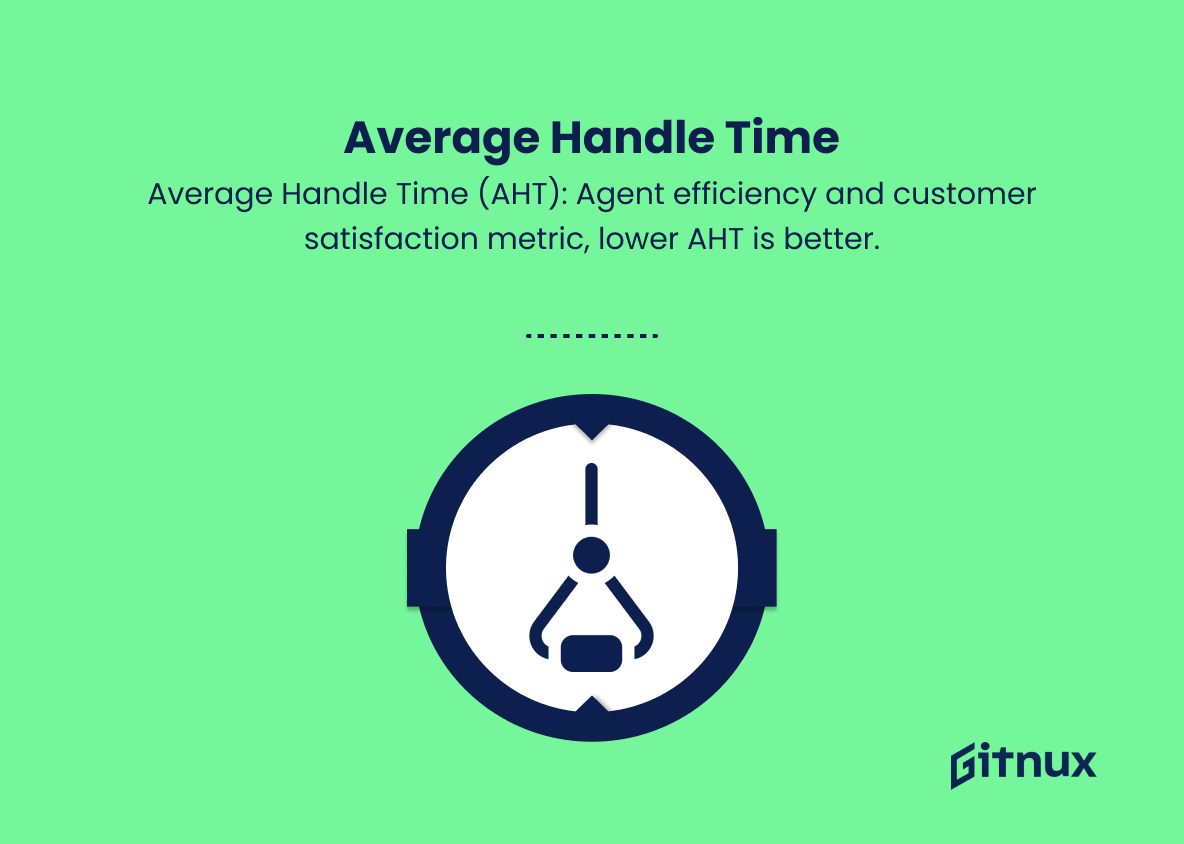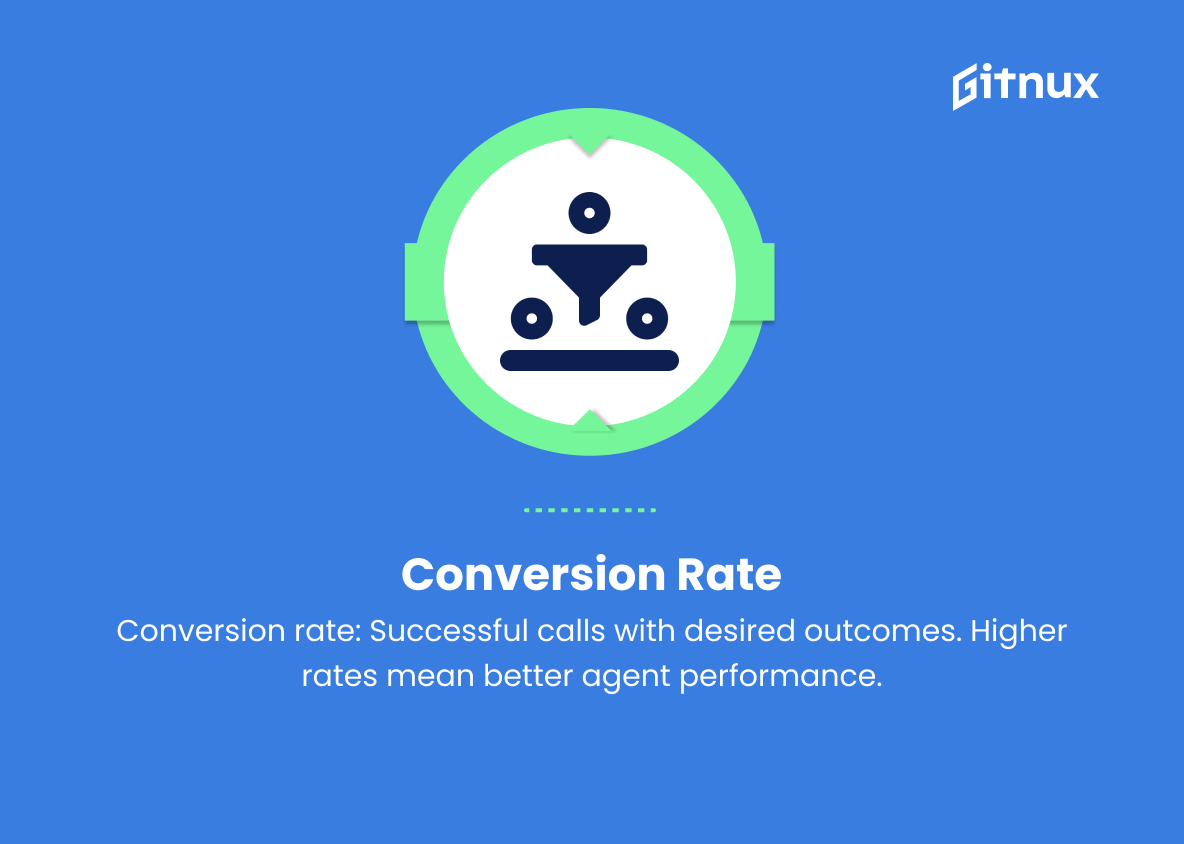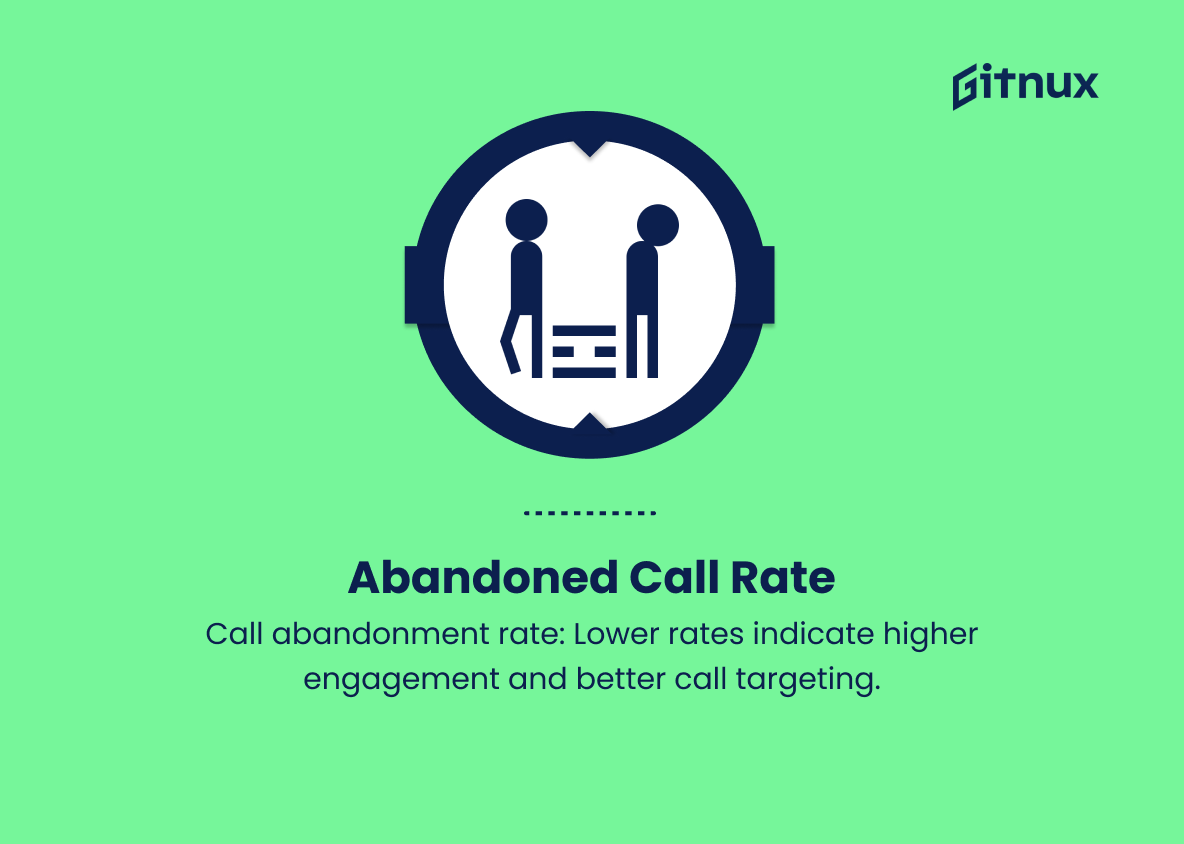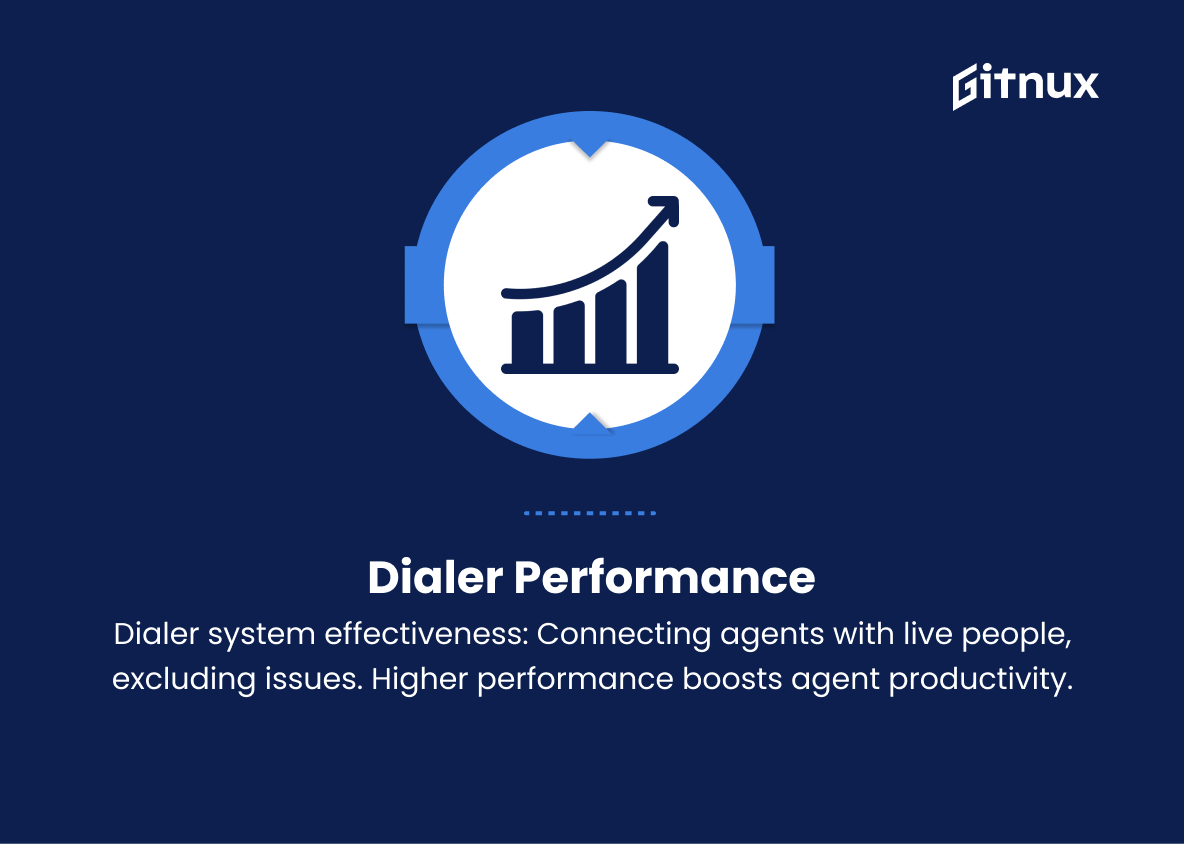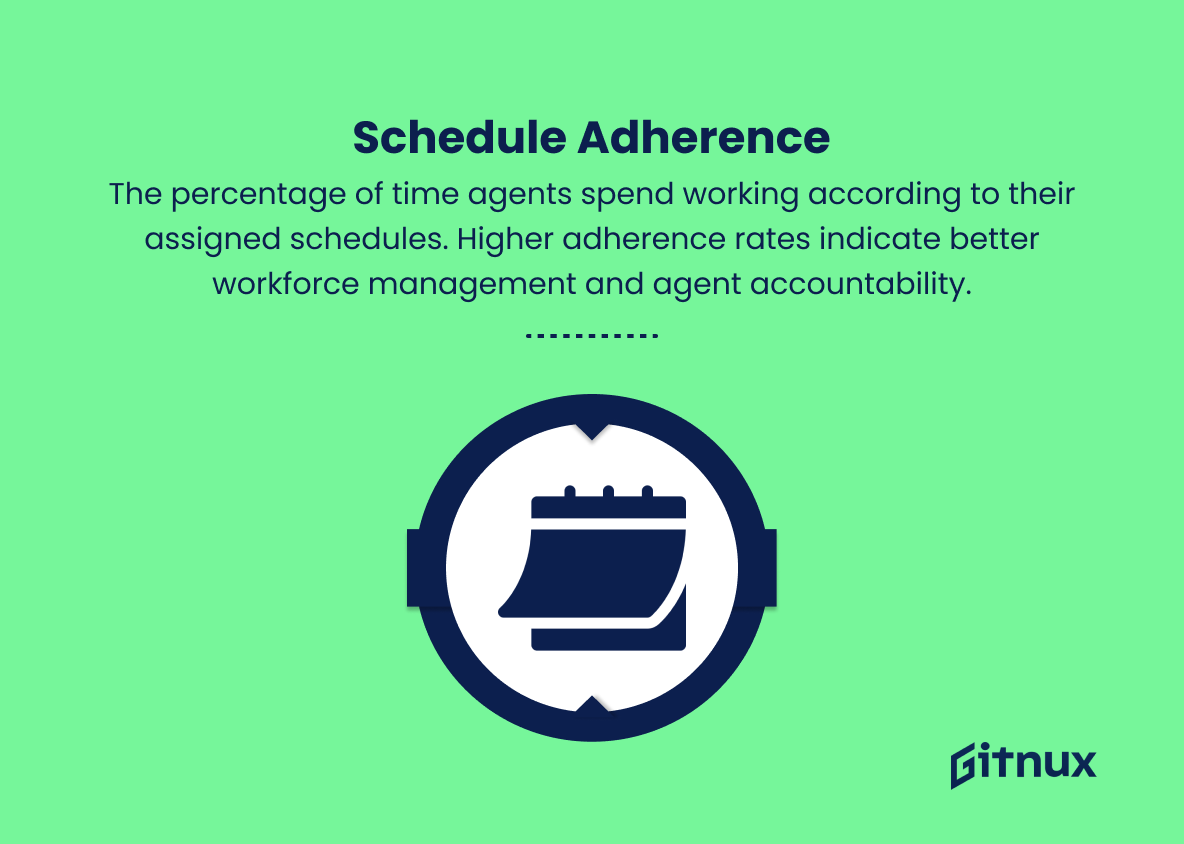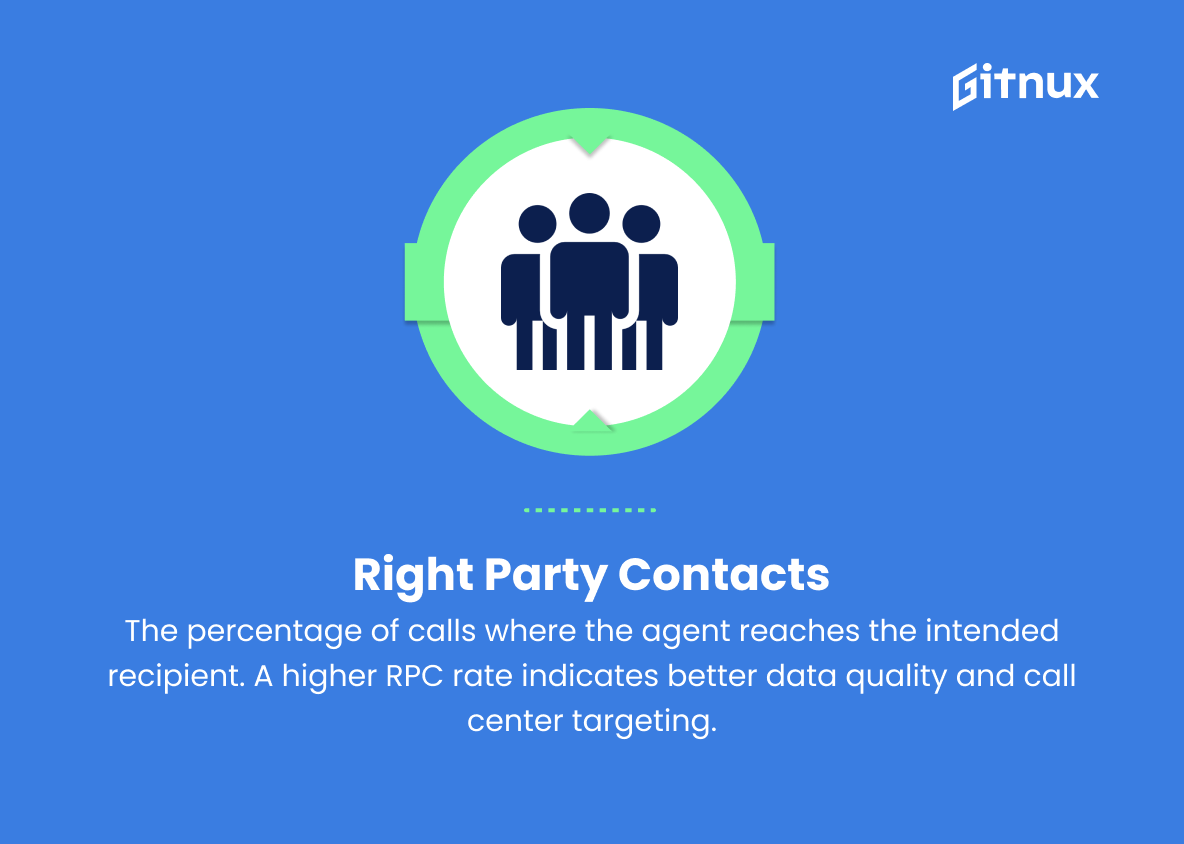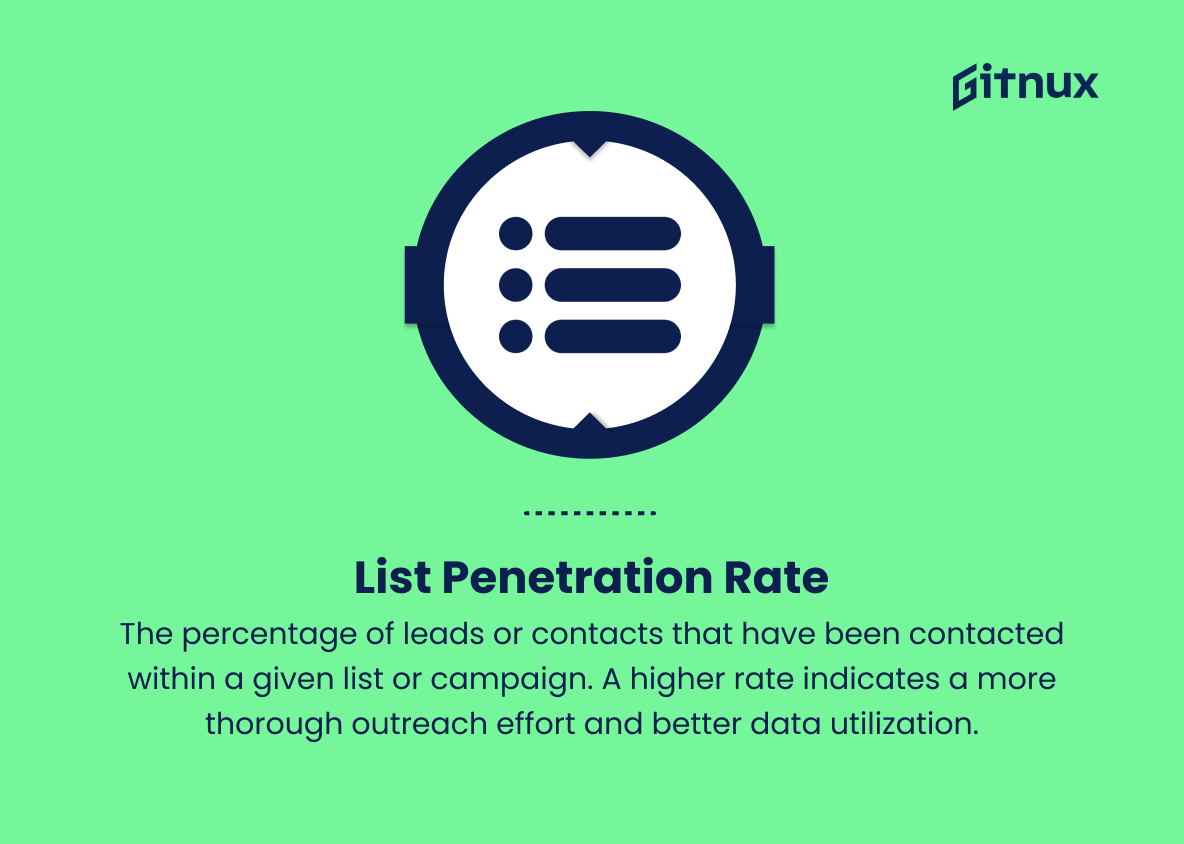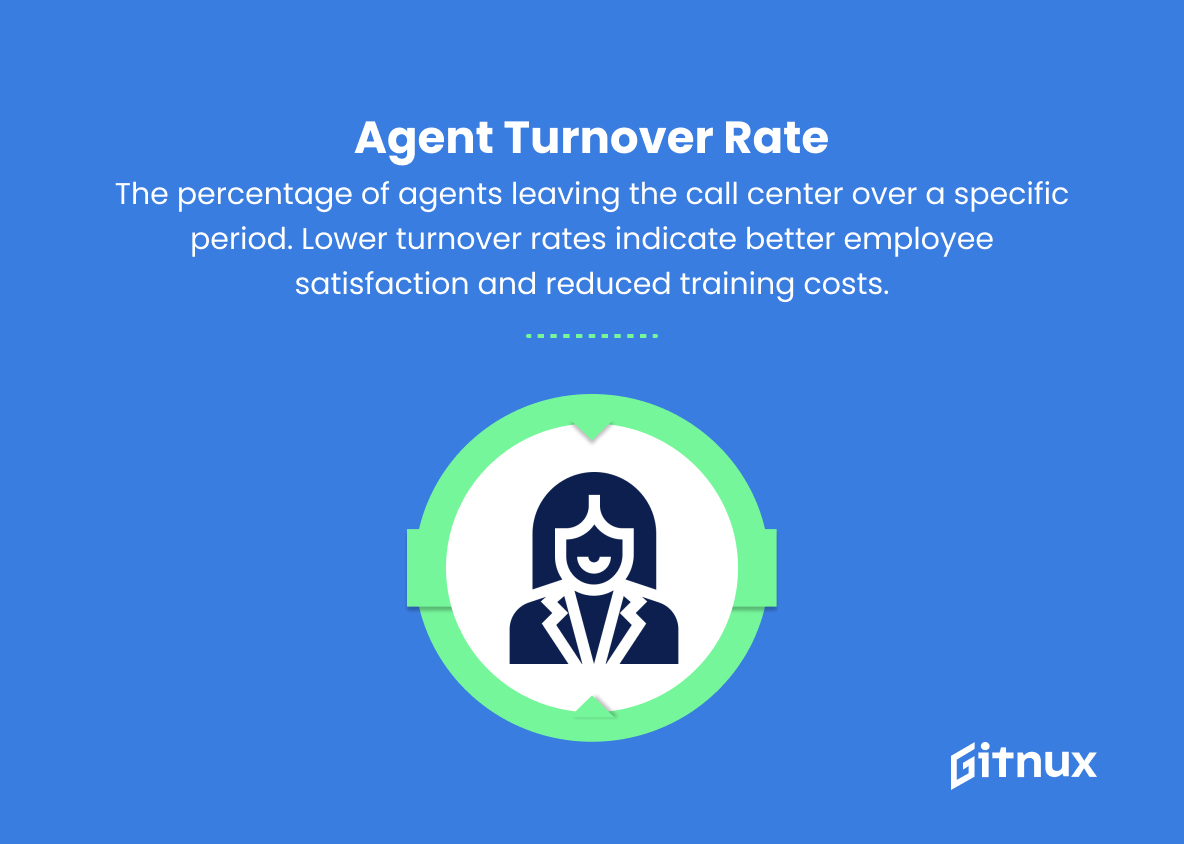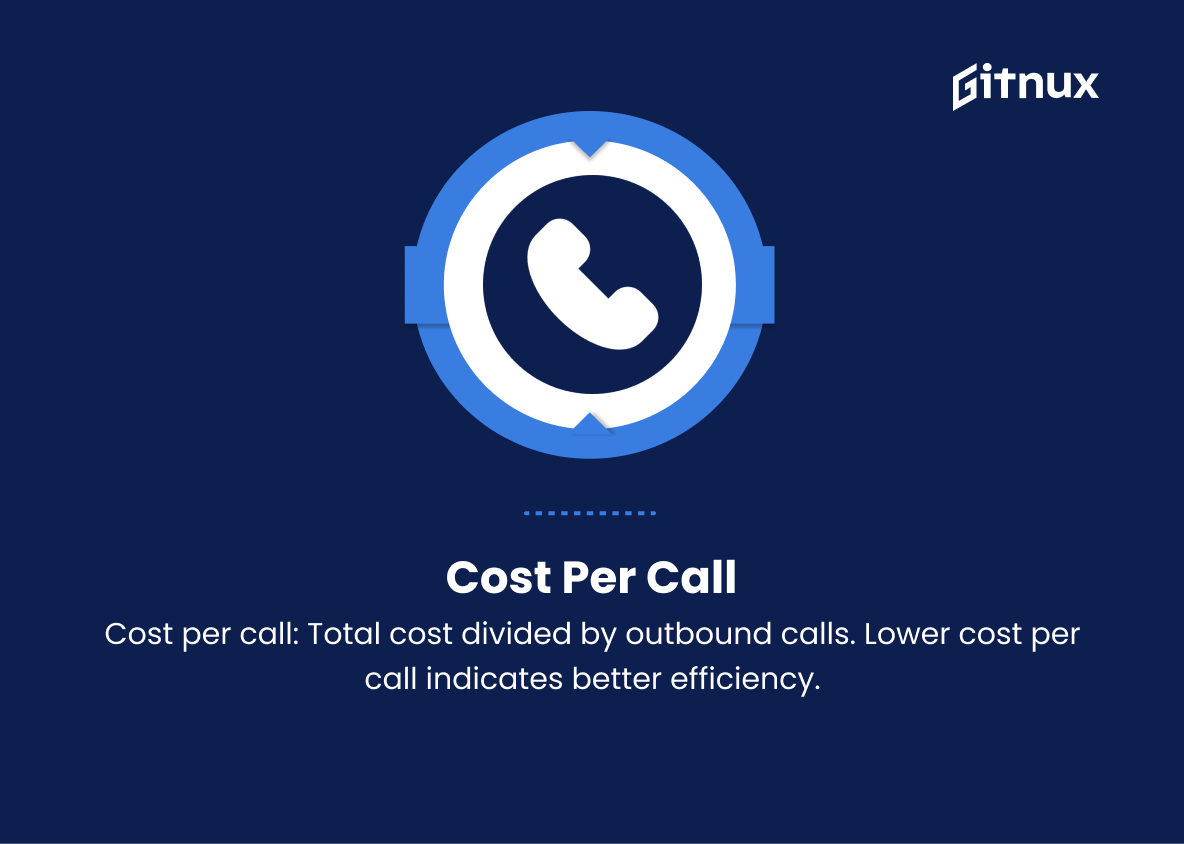The rapid growth of globalization and technological advancements has propelled the customer service industry, specifically call centers, to the forefront of today’s business landscape. In the current competitive market, organizations strive to ensure a seamless customer experience, with outbound call centers playing a pivotal role in maintaining and enhancing customer relationships. As businesses continually evaluate their performance and strategies, it becomes imperative to monitor and measure specific parameters to ensure success.
These critical parameters, known as outbound call center metrics, have a direct impact on call center efficiency, agents’ productivity, and, ultimately, customer satisfaction. In this blog post, we will examine the most significant outbound call center metrics and discuss their importance in driving businesses towards their desired objectives. Armed with this knowledge, organizations can make informed decisions, optimize resources, and cater to their customers’ needs efficiently and effectively.
Outbound Call Center Metrics You Should Know
1. Call Volume
This metric tracks the total number of outbound calls made by agents during a specific time period. It helps in understanding agent productivity and forecasting staffing requirements.
2. Average Handle Time (AHT)
This measures the average length of time agents spend on each outbound call, including talk time, hold time, and after-call work. A lower AHT indicates better agent efficiency and customer satisfaction.
3. Conversion Rate
The percentage of successful calls where the agent achieves the desired outcome, such as making a sale, booking an appointment, or collecting customer information. Higher conversion rates reflect better agent performance.
4. First Call Close Rate (FCCR)
The percentage of sales or resolved issues during the first call made by an agent. A higher FCCR indicates better sales skills or problem-solving abilities of agents.
5. Abandoned Call Rate
The percentage of calls that are disconnected by the recipient before the agent has a chance to speak to them. A lower rate indicates a higher level of engagement and better targeted call lists.
6. Occupancy Rate
The percentage of time agents are actively working on calls, including talk time and after-call work. A higher occupancy rate indicates better employee productivity and resource utilization.
7. Dialer Performance
The effectiveness of the call center’s dialing system in connecting agents with live people, excluding busy signals, disconnected numbers, and no-answer calls. Higher dialer performance leads to better agent productivity.
8. Schedule Adherence
The percentage of time agents spend working according to their assigned schedules. Higher adherence rates indicate better workforce management and agent accountability.
9. Right Party Contacts (RPC)
The percentage of calls where the agent reaches the intended recipient. A higher RPC rate indicates better data quality and call center targeting.
10. Call Wrap-up Time
The average time spent by agents on after-call work, such as updating customer records or entering call notes. Lower wrap-up times indicate better agent efficiency and more accurate record keeping.
11. List Penetration Rate
The percentage of leads or contacts that have been contacted within a given list or campaign. A higher rate indicates a more thorough outreach effort and better data utilization.
12. Agent Turnover Rate
The percentage of agents leaving the call center over a specific period. Lower turnover rates indicate better employee satisfaction and reduced training costs.
13. Cost per Call
The total cost (including agent salaries, operational expenses, and overhead) divided by the total number of outbound calls made. Lower cost per call indicates better cost efficiency and management.
Outbound Call Center Metrics Explained
Outbound call center metrics are essential in measuring the overall performance and efficiency of a call center’s operations. Call Volume helps assess agent productivity and staffing needs, while Average Handle Time (AHT) indicates agent efficiency and customer satisfaction levels. Conversion Rate and First Call Close Rate (FCCR) help identify agents’ performance in achieving desired outcomes, such as sales or resolving issues.
Abandoned Call Rate and Occupancy Rate are important for determining the level of engagement and productivity within the call center. Dialer Performance measures the effectiveness of the call center’s dialing system in connecting agents with live leads. Schedule Adherence and Right Party Contacts (RPC) demonstrate the effectiveness of workforce management and data quality.
Call Wrap-up Time tracks agents’ after-call work efficiency, while List Penetration Rate reflects the thoroughness of outreach efforts. Finally, Agent Turnover Rate and Cost per Call represent employee satisfaction, reduced training costs, and cost efficiency within the call center. Monitoring and analyzing these metrics can lead to more successful call center management and overall business performance.
Conclusion
In the highly competitive world of outbound call centers, a consistent focus on key performance metrics can make all the difference in achieving success. Monitoring metrics such as First Call Close Rate, Call Quality, Occupancy Rate, Abandonment Rate, and Agent Attrition enables managers to make informed decisions, leading to enhanced agent performance, improved customer satisfaction, and increased revenue.
By understanding and prioritizing these essential call center metrics, your outbound call center operation can build a solid foundation for growth, adapt to industry trends, and maintain a sustainable competitive advantage.
